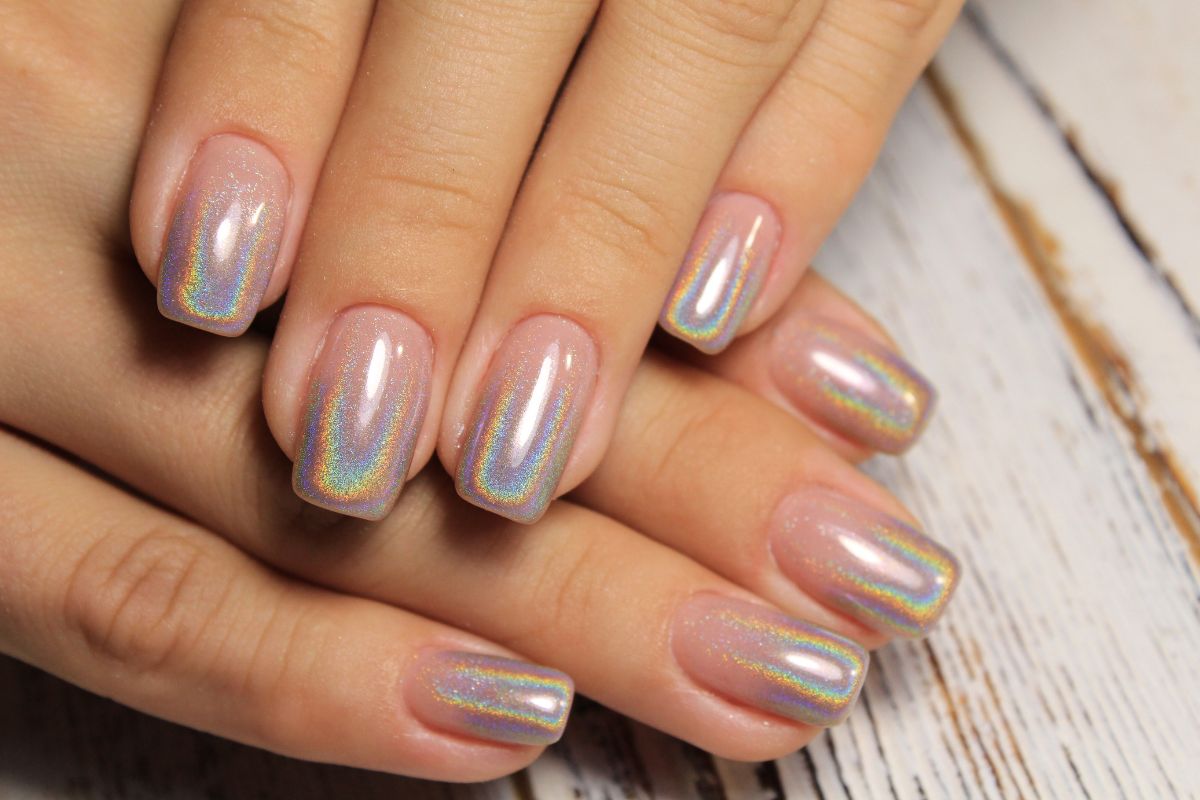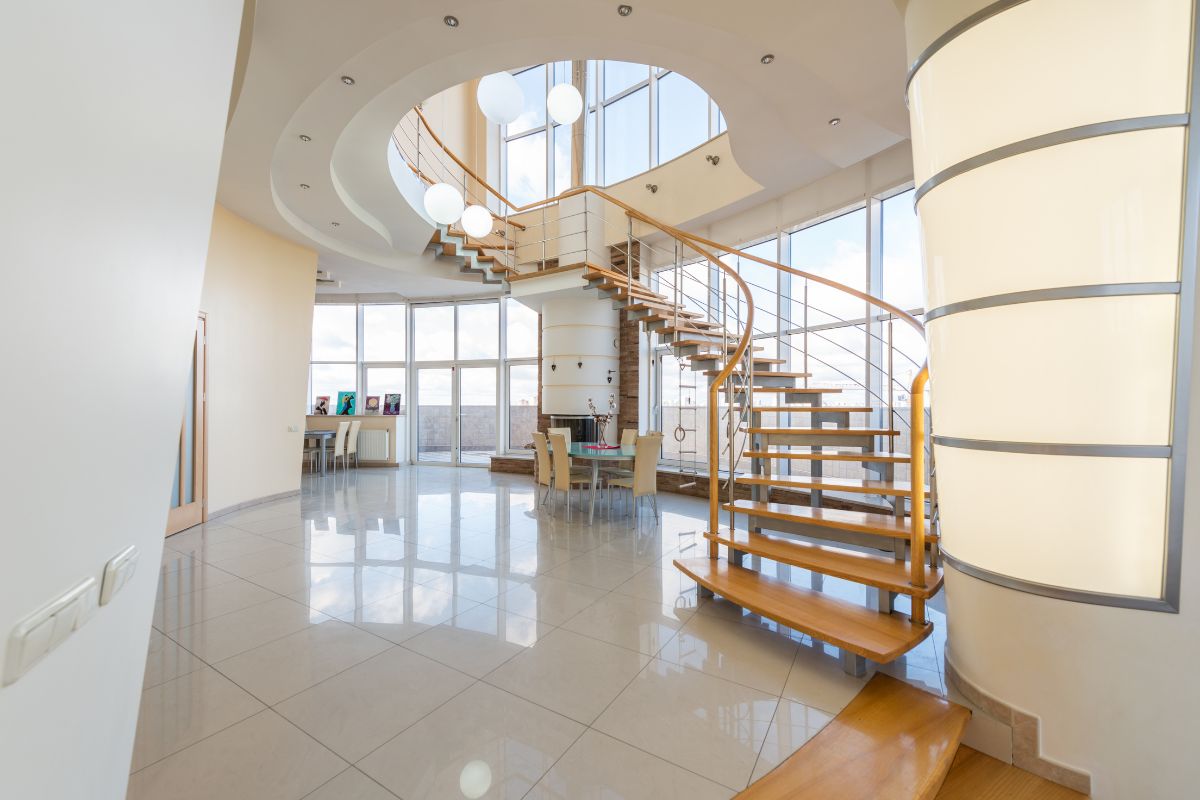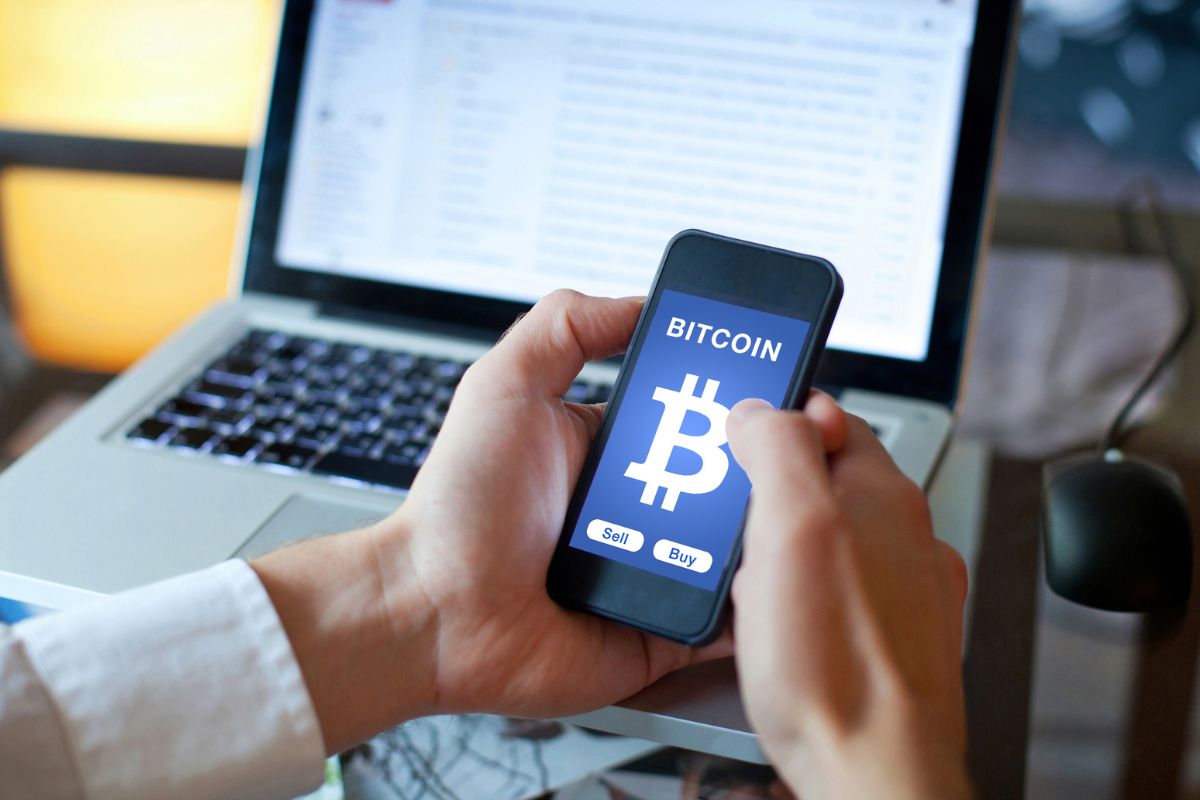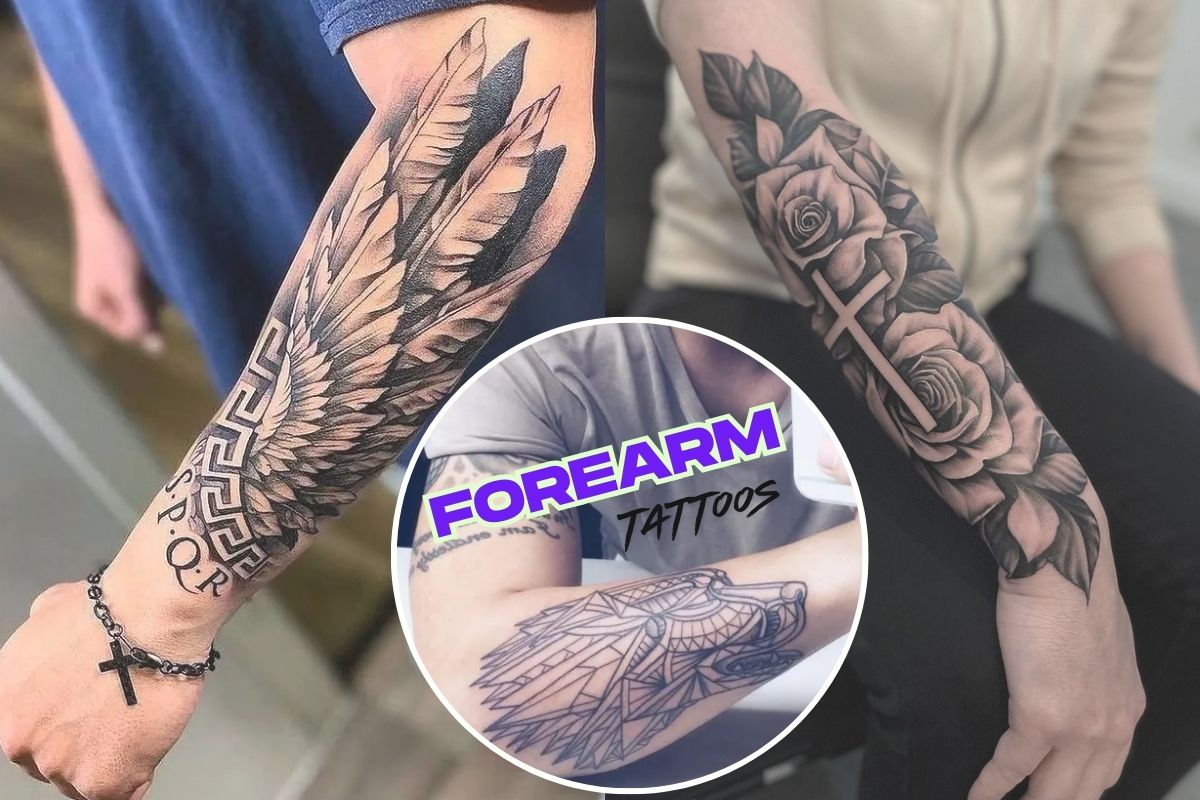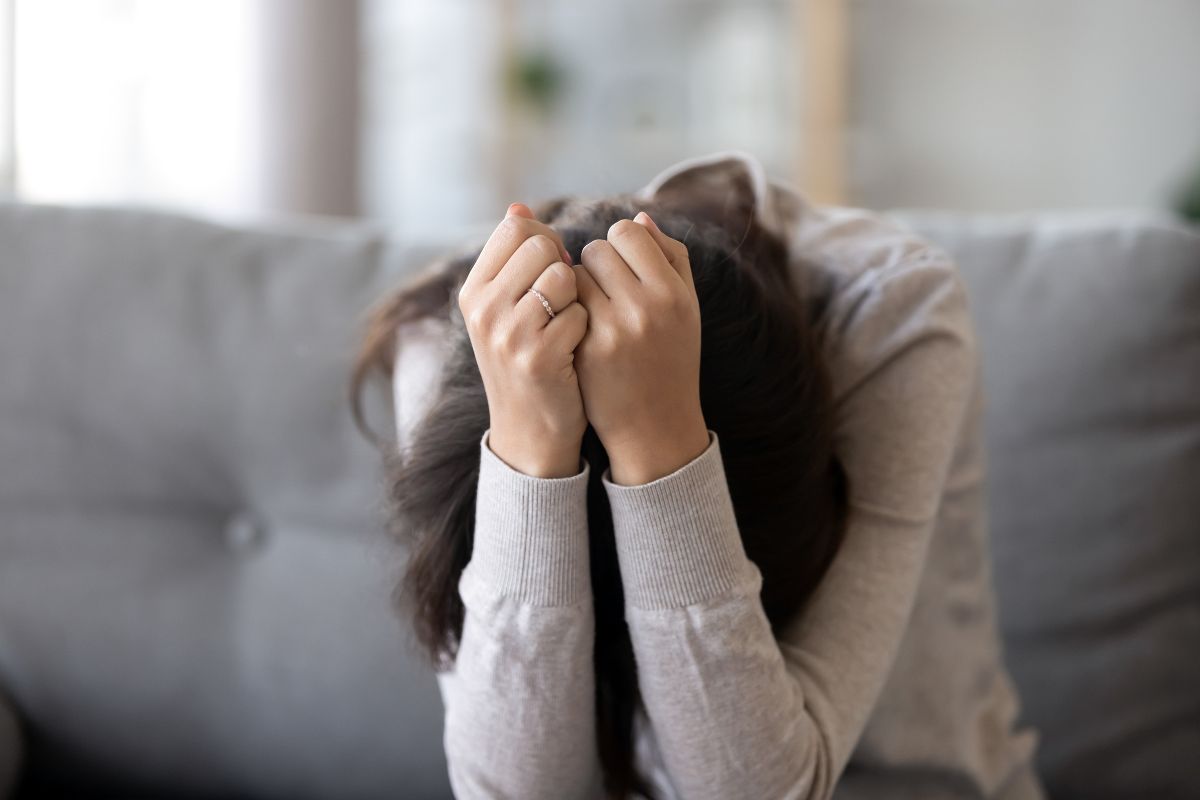Social media has become a big part of many young girls’ lives. A recent report found that TikTok has a strong hold on social media girls, with almost half feeling addicted and spending more time on it than they want to. TikTok and YouTube are the platforms they use the most, with Snapchat and Instagram also taking up a lot of their time.
Some girls have negative experiences on social media, like comparing themselves to others and feeling pressure to always look their best. This article aims to understand the influence of TikTok and other platforms on social media girls’ lives, so we can help them feel empowered and well.
Distressing Effects of Social Media on Girls
Social Media Girls, especially those with signs of depression, are more likely to experience negative effects from these platforms. Many of them believe that their lives would improve if they didn’t use social media, and they often use it obsessively. On TikTok, a concerning 68 percent of these girls admit feeling addicted or using it more than they intended, compared to only 33 percent of girls without depression. When it comes to encountering harmful content, the numbers are deeply worrying.
Among the social media girls with depression symptoms, a shocking 75 percent encounter content related to suicide on Instagram at least once a month. This issue also affects 69 percent on TikTok, and 64 percent on Snapchat and YouTube. These findings reveal the harsh reality faced by girls who struggle with mental health and use social media. It is crucial for society to acknowledge and address the significant impact that social media has on the well-being of these young individuals.
Experiences of Girls on Social Media
Social media girls with moderate to severe depressive symptoms often come across helpful mental health resources on these platforms. This is surprising and highlights how social media can have a positive impact. Moreover, it is interesting to note that more girls feel good or accepting about their bodies, rather than dissatisfied, when using these social platforms.
However, there continues to be a concern regarding body image among social media girls. Almost one in three users of TikTok and Instagram feel bad about their bodies on a weekly basis. For Snapchat, the number is slightly lower at 28 percent. As the nation debates the role of social media in adolescent mental health, it is crucial to give voice to the experiences of girls.
Approximately 1,400 girls, representative of various demographics in the United States, participated in this study. It is important to clarify that the study focused on girls’ perspectives on social media and their personal encounters. The study did not determine whether social media directly causes mental health decline.
The Impact of Social Media on Youth Mental Health
Lately, there has been a lot of talk about how social media affects the mental health of young girls. It has become a big issue, with schools even taking legal action because students are not doing well emotionally. This problem started before the pandemic and has only gotten worse. A report from the Centers for Disease Control and Prevention says that teenage girls are going through a tough time, dealing with violence, trauma, and feeling really sad. This has made people worried about the mental health of young people. A recent report, published just yesterday, highlights the prevalence of social media use among girls. Astonishingly, it reveals that almost every girl – a staggering 98 percent – engages with social media.
Platforms such as YouTube are the most popular among them, followed by TikTok, Snapchat, Instagram, and messaging apps like iMessage, GroupMe, or WhatsApp. Experts have opined that no single platform stands out as significantly better or worse than the others. Instead, social media girls have pointed out the various benefits they derive from their online presence.
These benefits include entertainment, self-expression, social connections, activism, and access to valuable information. It is interesting to note that Black and Hispanic social media girls who use YouTube and Instagram have shown a greater inclination towards daily engagement for activism purposes.
The Negative Effects
One of the downsides experienced by Social Media Girls is the unwanted contact they receive from strangers. Shockingly, nearly 1 in 4 girls reported such unwelcome interactions. This raises concerns for their safety and privacy. Furthermore, the excessive use of TikTok, and other platforms like Snapchat, Instagram, and YouTube, is interfering with the sleep patterns of these girls.
The report revealed that 24 percent of girls using TikTok struggle with sleep disturbances on a daily basis. Similarly, 21 percent of Snapchat users, 18 percent of Instagram and messaging app users, and 16 percent of YouTube users also faced difficulty falling asleep due to their prolonged screen time.
The Pressures of Availability Stress
Social Media Girls experienced another form of stress known as “availability stress.” This refers to the pressure of always being available and responding to friends immediately. Snapchat and messaging apps were found to contribute more to this type of stress. It becomes overwhelming for these girls as they constantly feel the need to be present and answer their friends’ messages right away.
Mixed Experiences
The research findings showed that girls’ experiences on social media were divided. Around 20 percent of girls admitted to placing excessive importance on views, likes, shares, and followers on a daily basis. However, a larger majority reported engaging in such behavior less frequently. It was evident that girls who faced social challenges in their offline lives, such as being excluded or bullied regularly, were three to four times more likely to have negative experiences online. Interestingly, they were also more likely to find positive experiences on these platforms.
Racial and LGBTQ Experiences on TikTok and Instagram
The report looked at how girls of color and LGBTQ teenagers use TikTok and Instagram. It found that 70 percent of girls of color saw positive content that made them feel included and represented at least once a month. However, almost half of them also saw racist content or mean words, which made them feel targeted and excluded. 1 LGBTQ teenagers often see mean comments about who they are, like their sexual orientation or gender identity, more than others. It’s not fair, and it can be hurtful.
But the good news is, they are also more likely to find a community of people who support and understand them. They can make connections with others who have been through similar things and have the same feelings. This gives them a safe place where they belong.
Bottom Line
TikTok holds a strong grip on the lives of social media girls, with many feeling addicted and spending more time on the platform than intended. While there are both positive and negative experiences on social media, it is crucial to address the distressing effects, especially for girls struggling with mental health, and promote their well-being and empowerment.

